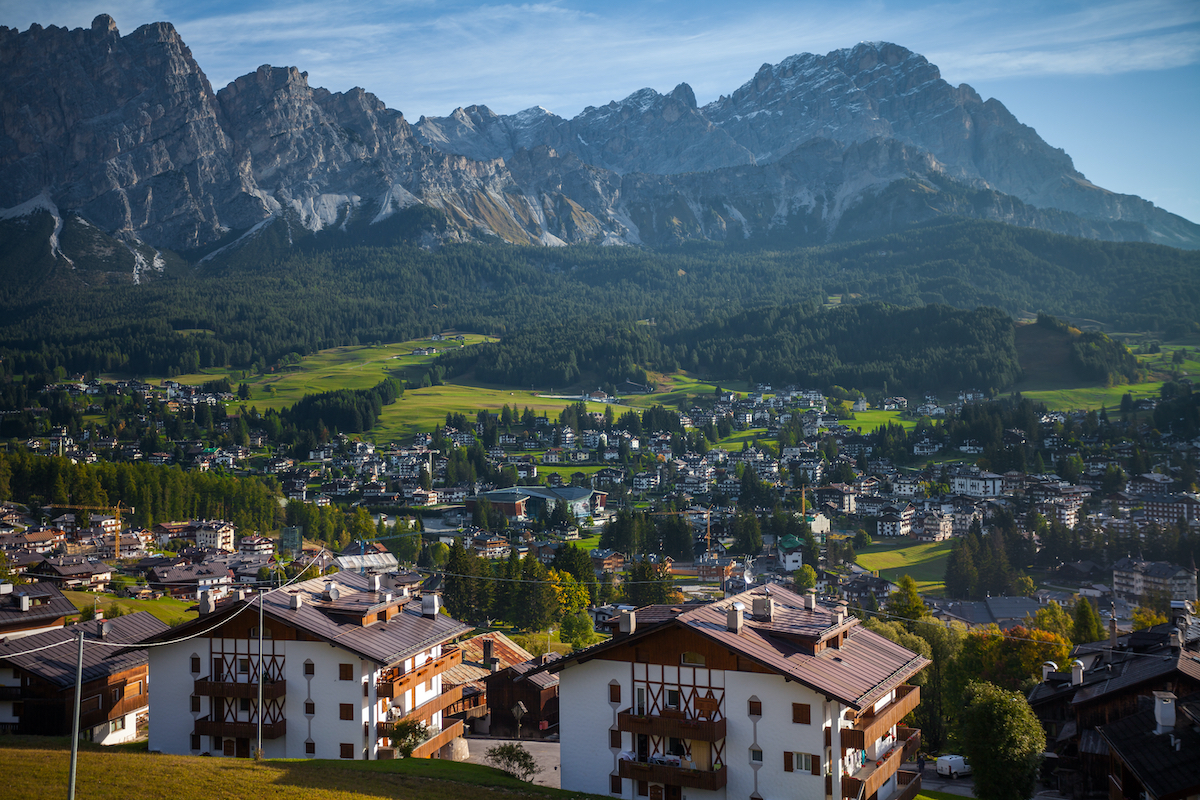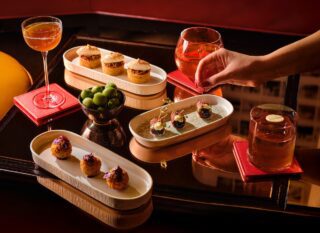This website uses cookies so that we can provide you with the best user experience possible. Cookie information is stored in your browser and performs functions such as recognising you when you return to our website and helping our team to understand which sections of the website you find most interesting and useful.
The eternal allure of Venice, according to gemologist Alberto Nardi
By Juliet Herd | 16 December 2020 | Travel
Jeweller Alberto Nardi takes Tempus on a tour of Italy’s floating city
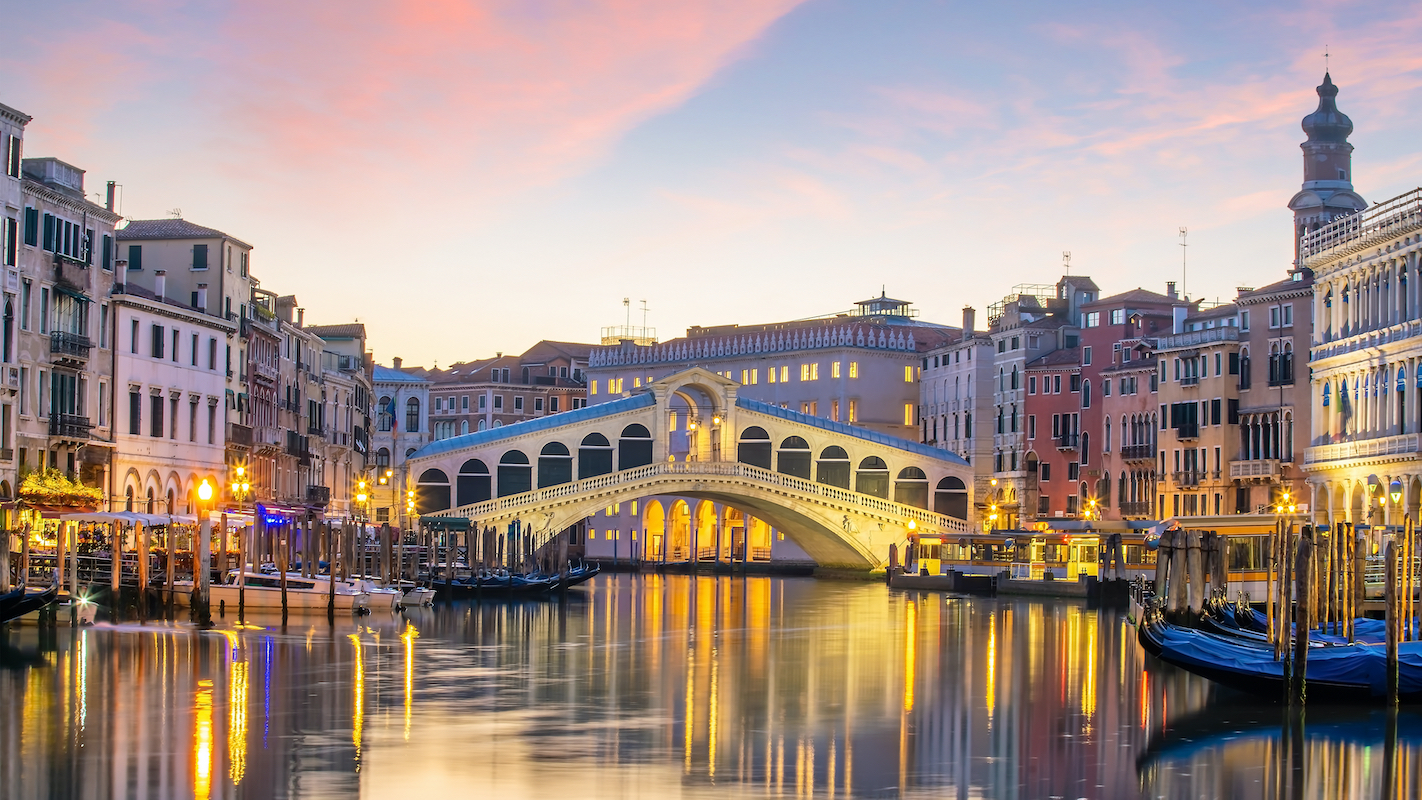
Gemologist Alberto Nardi is the epitome of the Venetian man about town as he strides athletically across the myriad small bridges that crisscross the city’s canals, greeting fellow residents and shopkeepers in passing and pointing out hidden neighbourhood campos and cafes along the way. He’s taking us to the tiny workshop, one of the few remaining ateliers of its kind in Venice, where he continues to keep alive the ancient tradition of goldsmith production dating back to the 11th century, when precious stones were first traded and cut in the historic Rialto district.
For 53-year-old Nardi, whose eponymous high jewellery brand occupies five arches of the same corner of historic St Mark's Square where his grandfather opened the family business in 1926, the workshop's existence is as symbolic as it is commercial. “It is a moral and ethical commitment to continue this precious and ancient tradition,” he tells us.
The Nardi name is synonymous with old-school glamour. During the Dolce Vita years of the 1960s, the boutique became a mecca for the international jet set, attracting such A-list clients as Elizabeth Taylor, Princess Grace of Monaco, Ernest Hemingway and Marilyn Monroe. In more recent times, the Venetian aesthetic of its jewellery has enticed the likes of Sir Elton John, Whoopi Goldberg, Dita Von Teese, Valentino Garavani and Domenico Dolce.
Born and raised in Venice, Nardi, who sits on the board of directors of the American non-profit organisation Save Venice, sees himself as both guardian and ambassador of his precious Floating City, a role he considers to be more crucial than ever since the start of the global coronavirus pandemic. For him, it has thrown into sharp relief the duality of Venice; the tension between tourist and resident, and the need to act to protect and preserve this fragile lagoon city.
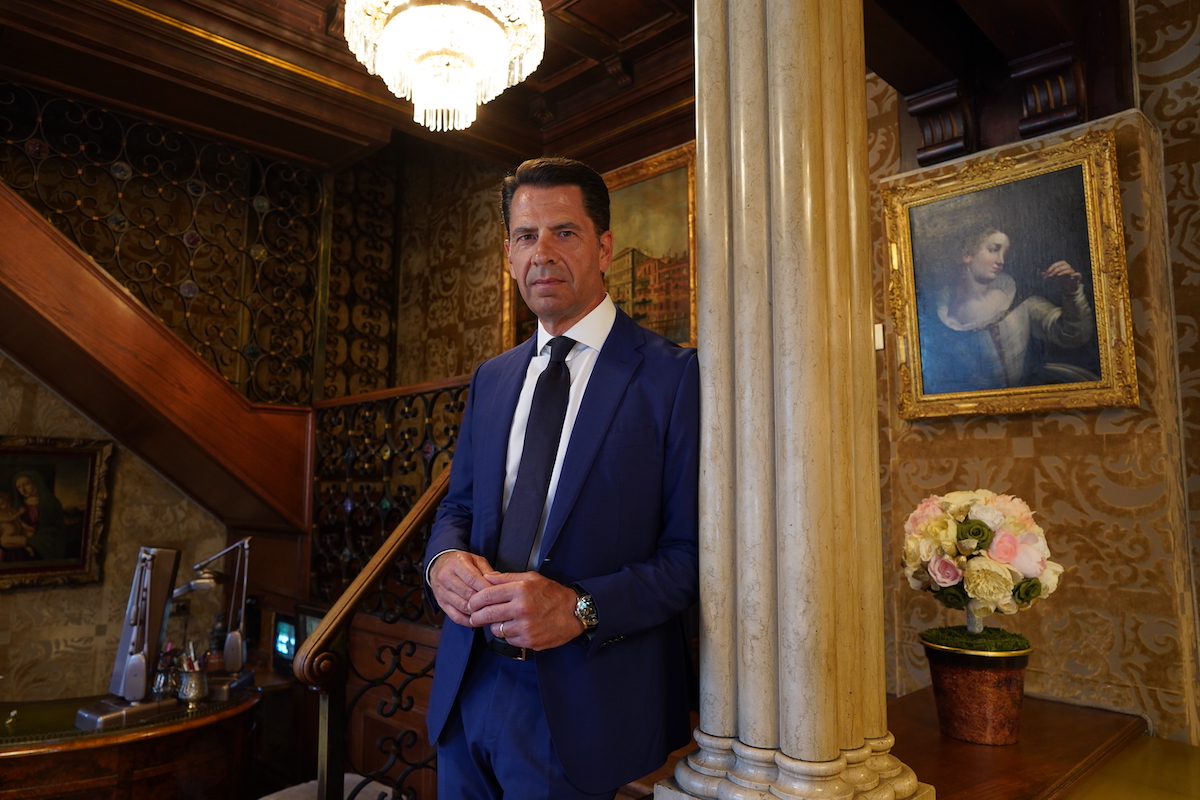
With its wealth of historical and artistic treasures, Venice is undisputedly one of the world’s most beautiful cities, but it is also one of the top tourist destinations and plays host to up to 30 million visitors per year. This year, however, all that changed as Italy went into lockdown and the giant cruise ships that habitually disgorged thousands of visitors each day disappeared from the skyline. Even when tourists began to venture back in the summer and autumn, the numbers were a fraction of the usual masses, and suddenly you could see clearly across St Mark’s Square to the Basilica and its Campanile.
"If I compare what Venice was like last summer [2019] to what it is today, it seems from a different geological era," marvels Nardi, who found himself strolling alone in an empty St Mark's Square during the spring lockdown. "The atmosphere was unreal but beauty was everywhere; almost as though, without people, the historical buildings had expanded dramatically. It was like being in a Hollywood movie.”
But he’s as much a realist as a romantic – a modern-day merchant of Venice, if you like – as he gives us an exclusive glimpse of his "secret" city; of the architecture, motifs, mosaics and art that inspire his jewellery. He makes it clear there’s never been a better time to promote so-called ‘slow tourism’, whereby travellers are encouraged to engage more fully with local communities and their arts and culture. "I believe that now is the right time to visit Venice for conscious tourists, who love beauty," he says. "Never in the history of this city has there been the privilege to walk through it in such perfect harmony with the surroundings." Quite simply, Nardi says, it is a unique time to visit Venice.
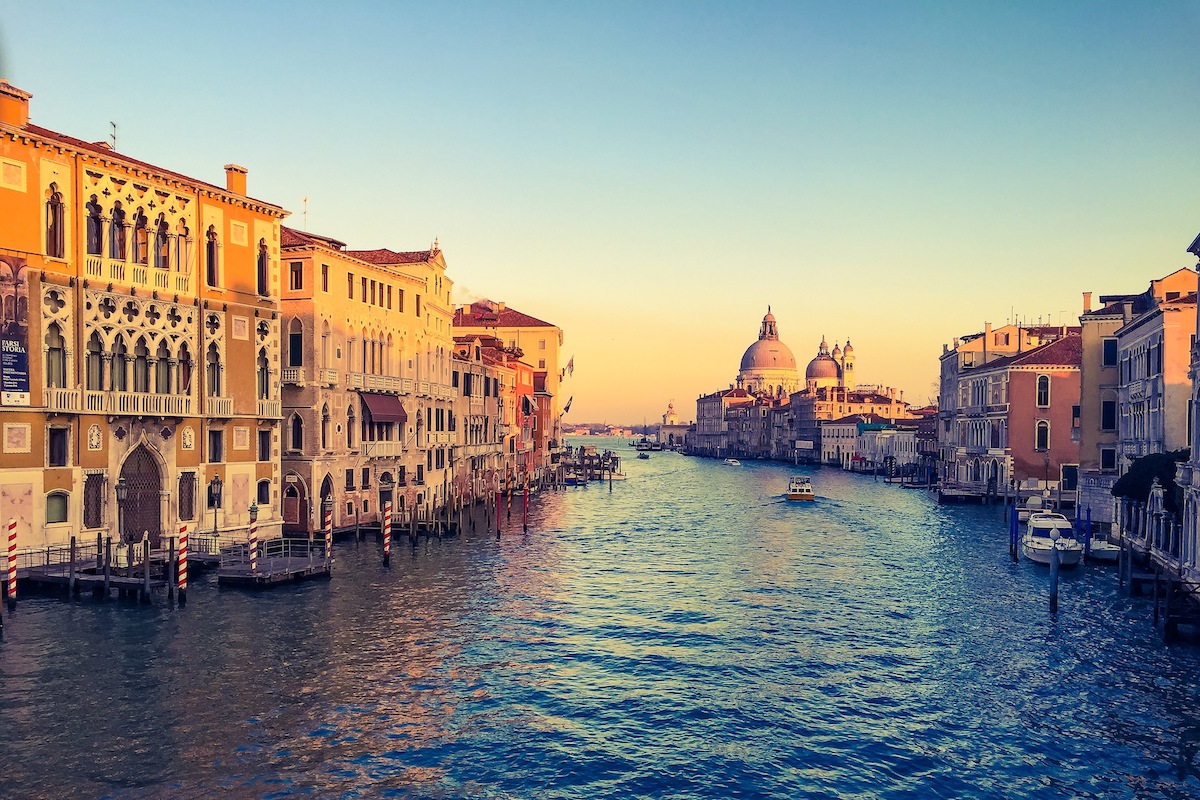
SECRET VENICE
Keen to show us his city’s secret treasures, Nardi arranges a special private tour of the magnificent Byzantine St Mark's Basilica, which remains closed to the public due to Covid-19 restrictions apart from the terrace and the museum. He wants to show us the Pala D’Oro (altar of God), considered one of the most important pieces of jewellery in Europe, and one which he had the privilege of studying after finishing his art history degree at Ca’ Foscari University of Venice. Each night, for one month, he would mount scaffolding to examine the 2000 precious stones that adorn the gold and enamel altarpiece.
"My professor asked me to study this treasure because he wanted to understand if the stones and their colours had been placed in the altarpiece with a theological or only aesthetic meaning," explains Nardi, also a graduate of the Gemological Institute of America. "Obviously, what came out was that the whole message of the Golden Pall had to be both religious and symbolic."
Expanding upon his theme of rediscovering the beauty of Venice during lockdown, he adds: "We returned to the real Venice; the people you saw were the residents. There were no boats and the water was clean; not like in the Maldives but cleaner than usual. You could walk everywhere.” He is the first to admit, however, that the city has lost some of its lustre over the years thanks to the greedy rush to accommodate mass tourism, leading to overcrowding, high prices and an abundance of tacky souvenir shops. The Covid-19 crisis has highlighted the need for change.
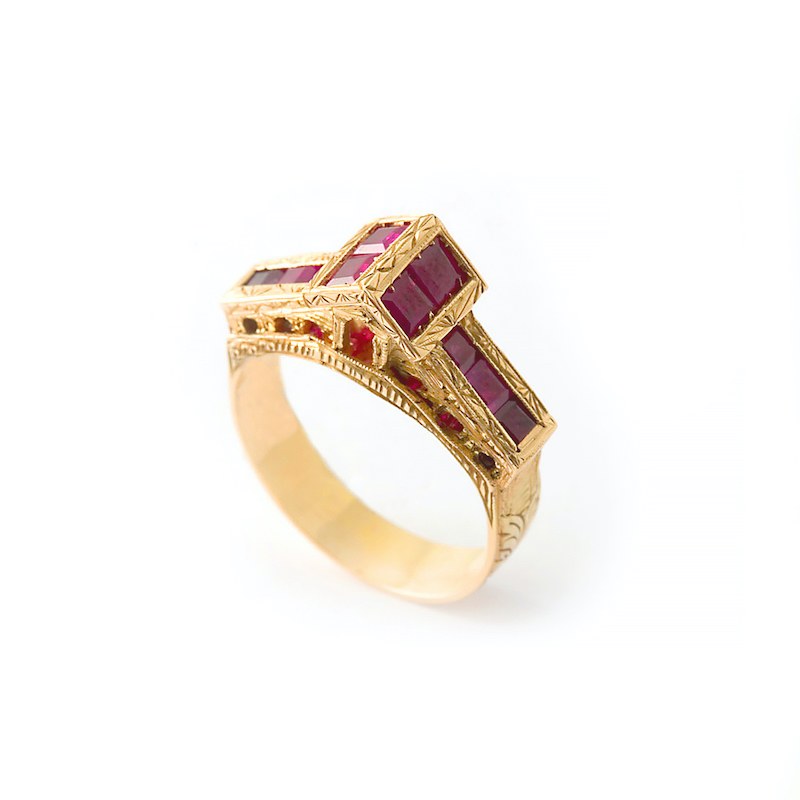
“Venice is like two cities – you have the tourists and then you have the residents. There are shops for the Venetians and shops for the visitors, which showed us that this eco-system cannot work in the future and that Venice could not live from this tourist invasion only," he said. "The paradox is that the tourists bring in money but take out our heart and soul.” Last year, there were 13 million overnight stays and twice as many day-trippers. In contrast, the city’s population has shrunk to 50,000 with many opting to rent their apartments on Airbnb and decamp to the neighbouring countryside.
Like a growing number of local businessmen and women, Nardi is keen to attract new residents – from elsewhere in Italy but also from countries like Britain, France and Germany – who are drawn to the city’s obvious attributes but also by its fast internet connection and lack of crime, pollution and cars. "They could become the new Venetians," he enthuses. "We could give them fiscal opportunities and tell them that living in this city is beautiful.
"I think it is necessary that Venice as a whole, returns to communicating an image of elegance and refinement, diametrically opposed to the image of mass tourism and cliches."
As the third-generation owner of one of Venice’s best-known independent jewellery brands, Nardi is well placed to encourage this fundamental shift – and is working with other established Venetian brands, such as the internationally renowned textile company Rubelli and the Venetian glass and gold mosaics manufacturer Orsoni, to actively promote "the best of Venice".
He's also on something of a personal mission to reinterpret Venetian exoticism – "the dream of faraway places and merging of different cultures", as he puts it – through his choice of metals and precious or semi-precious stones, along with designs that nod to the city's multi-cultural and exotic past while remaining contemporary and highly original. To this end, the jeweller has created a collection of "luxury or concept souvenirs" of Venice that give new life to its most famous attractions and are as far removed as possible from the cheap baubles sold in the busy piazzas.
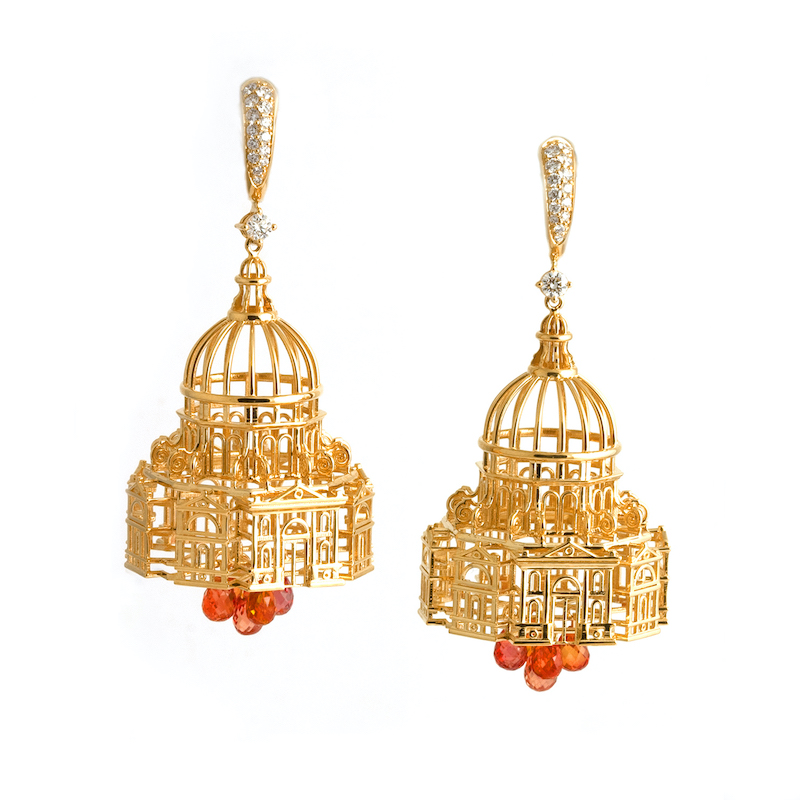
The Rialto Bridge, the oldest of the four bridges to cross the Grand Canal, is reimagined as a ring in pink gold and rubies; the ubiquitous gondola is transformed into a gold brooch with ahull crafted from lapis lazuli and studded with diamonds and sapphires, and the magnificent baroque Basilica di Santa Maria della Salute becomes a pair of three-dimensional earrings made in gold and set with drop-shape sapphires, resembling a delicate bird cage. "The Basilica della Salute earrings represent a prayer that this horrible pandemic will come to an end," explains Nardi. "It was built by the Venetians in the 17th Century as a votive offering to the Virgin Mary to end the devastating plague of 1630."
He likes to think of the wearers of these exquisite pieces as "carrying a small piece of Venice” on them. "The souvenir is, in fact, the memory of a beloved place and its possession recalls the emotions and memories linked to happy moments in our lives," he adds. "What makes jewellery special is the symbolic – dare I say it – talismanic meaning we can give it, not how many carats of gold. These souvenirs bring back that meaning."
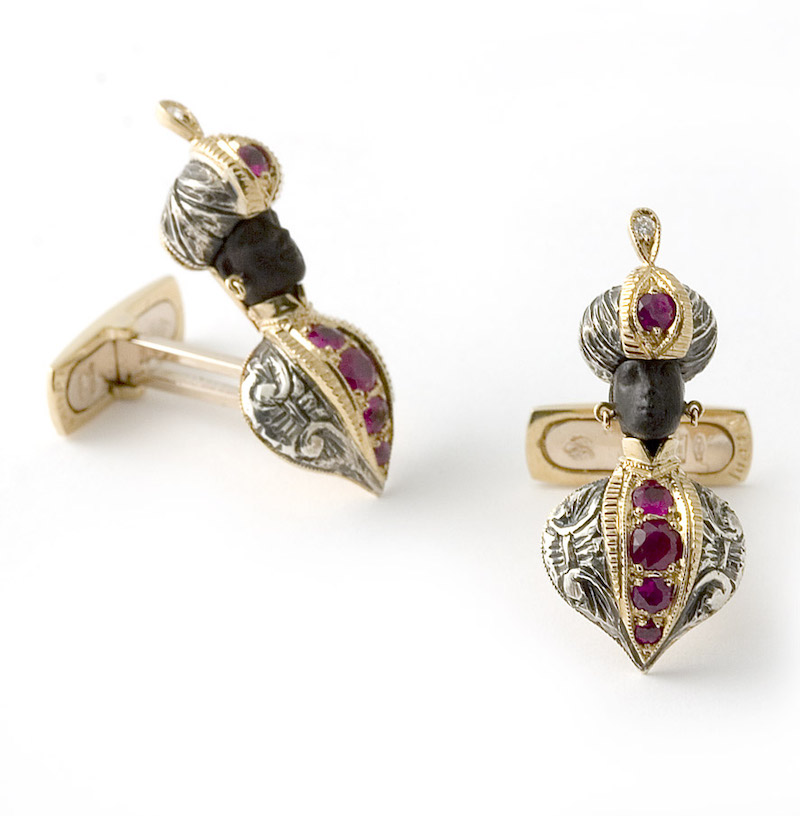
Perhaps more significantly, Nardi has also reimagined his grandfather Giulio's own interpretation of one of the most emblematic souvenirs of Venetian iconography, the “Moretto” brooch, with its jewelled turban, which was worn by European and Hollywood royalty and made the brand famous. More recently, however, the Moretti's traditional depiction of an idealised Moorish prince has drawn criticism for its alleged racism, although such connotations could not have been further from the minds of Nardi or his forebears.
"The Moretto has always testified to the multiculturalism of Venice as the gateway to the East for Europe, open to the world as a broad-minded city and melting pot of different cultures," says the jeweller. Mindful of the sensitivities, however, he has created a new aesthetic collection using amber for the face carving in place of black horn, and calling it The Venetians. "I decided to reinvent this iconic piece respectful of the issues and give a new future to the Moretti," attests Nardi. "Our tradition does not mean to focus on the past but to try to bring this past into the future."
As we stop to take coffee in St Mark’s square at the legendary Caffe Florian, Nardi ponders the question of how best he can continue to serve his beloved city: "What I consider most important is my daily work as a Venetian jeweller and merchant. Through our name and our jewels, I can testify daily to my love for Venice."
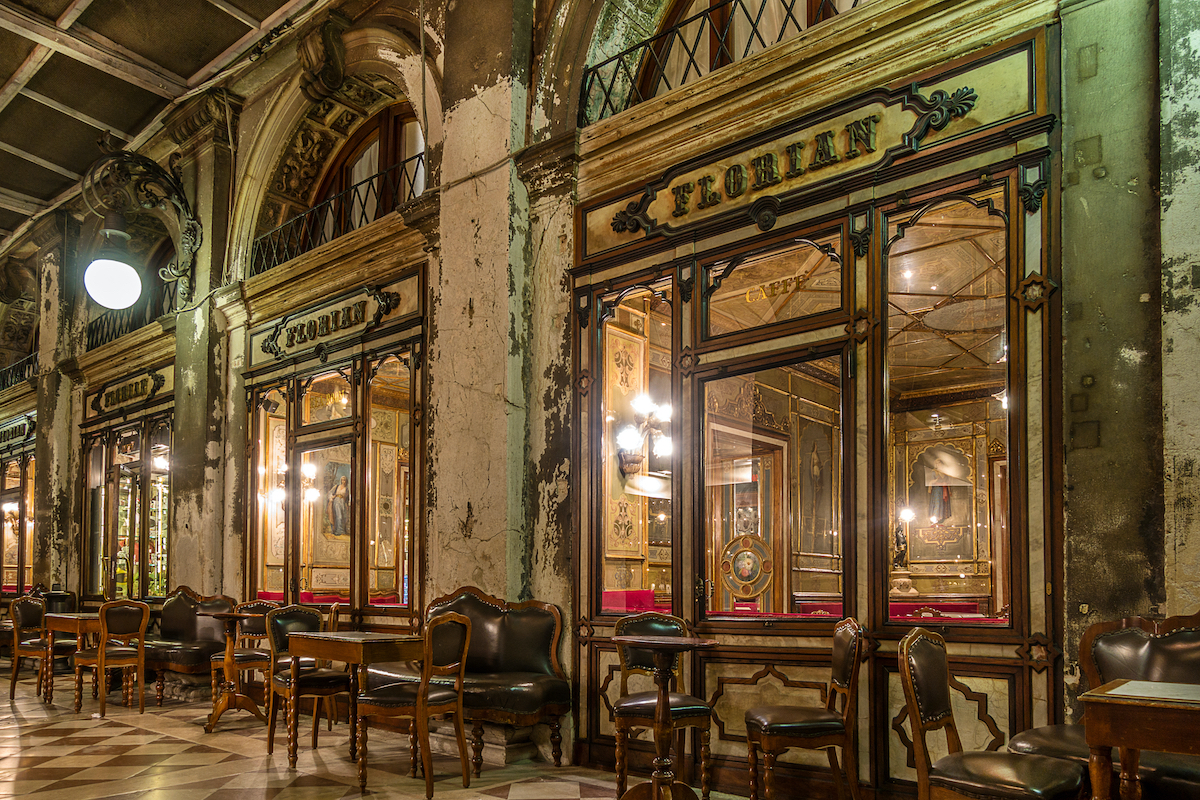
ALBERTO NARDI’S SECRET VENICE:
Alberto Nardi advises that the best way to explore Venice is “to get lost in the city, discovering by yourself its beauty and uniqueness”.
Favourite café and restaurants:
“Definitely Caffe Florian and Caffe Lavena in St Mark’s Square. As for restaurants, apart from the world-famous names such as Harry’s Bar, two lesser known places: L’Osteria di Santa Marina and Vini da Gigio.”
Favourite museum:
“Ca’ Rezzonico, the 18th Century Venetian museum. The view is worthwhile not only for its artistic beauty but also because it allows you to experience the typical atmosphere of one of the most beautiful Venetian palaces.”
Surrounding area:
“The Veneto region is a treasure to discover day after day. Think of the experience of going from Venice and its lagoon to Cortina d’Ampezzo and its Dolomites peaks. And not forgetting to mention the beauty of the Veneto cities: Verona, Padua and Treviso.”
